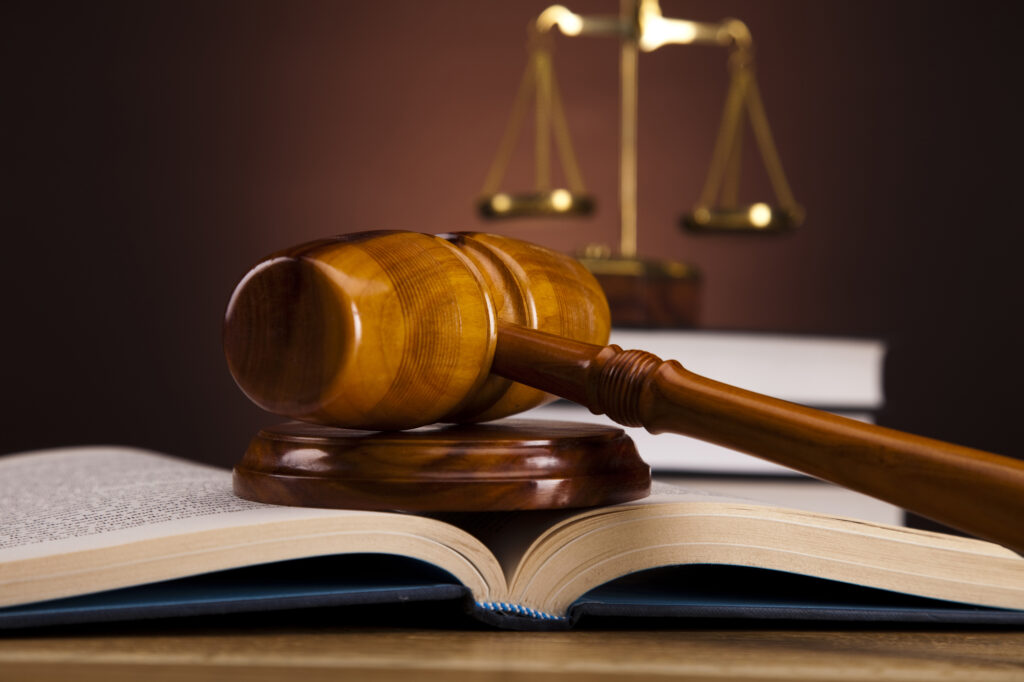The Supreme Court of India, in the case of Chinmay Mishra v. Union of India & Others (2025), has sought responses from the Madhya Pradesh Government, the Central Government, and the Madhya Pradesh Pollution Control Board regarding the disposal of hazardous waste from the 1984 Bhopal gas tragedy. A bench comprising Justices B.R. Gavai and Augustine George Masih has questioned the authorities on the precautions taken to dispose of 337 metric tons of toxic waste from the defunct Union Carbide factory in Bhopal to the Pithampur industrial area in Madhya Pradesh. The case of Bhopal gas tragedy was heard on February 17, 2025. This blog discusses the case background of Bhopal gas tragedy, legal issues, Supreme Court’s observations, and the broader implications of the ruling. It highlights the environmental and health concerns surrounding the disposal of toxic waste.
Overview of the Bhopal Gas Tragedy
The Bhopal gas tragedy occurred on the night of December 2-3, 1984, in Bhopal, Madhya Pradesh, India. A leak of methyl isocyanate (MIC) gas from the Union Carbide India Limited (UCIL) pesticide plant exposed over 500,000 people to the toxic gas. Immediate official reports confirmed 2,259 deaths, but estimates suggest that between 10,000 to 15,000 people died within the first few days. Over the following years, an additional 15,000 to 20,000 premature deaths have been attributed to the disaster.
Survivors suffered from severe health issues, including respiratory problems, eye irritation, and neurological disorders. Long-term effects have included chronic respiratory ailments, eye problems, and increased rates of cancer and birth defects.
In the aftermath, Warren Anderson, the then-CEO of Union Carbide Corporation (UCC), was arrested but released on bail and subsequently left India. Despite multiple summons, he did not return to face trial, leading to ongoing legal battles and demands for his extradition.
At the time of the disaster, Rajiv Gandhi was the Prime Minister of India, having assumed office after the assassination of his mother, Indira Gandhi, in October 1984. The Chief Minister of Madhya Pradesh was Arjun Singh. The Indian government faced criticism for its handling of the disaster, including the inadequate immediate response and the settlement reached with UCC in 1989 for $470 million, which many felt was insufficient compensation for the victims.
The Bhopal disaster remains one of the world’s worst industrial catastrophes, with ongoing health and environmental repercussions for the affected communities.
Case Background of Bhopal Gas Tragedy
The Supreme Court of India has taken up concerns regarding the disposal of hazardous waste left behind from the 1984 Bhopal gas tragedy. The case questions the safety measures surrounding the disposal of 337 metric tonnes of toxic waste from the defunct Union Carbide factory in Bhopal to the Pithampur industrial area in Madhya Pradesh.
The Madhya Pradesh High Court had earlier directed that the waste be transported and disposed of at Pithampur, an industrial zone about 250 km from Bhopal. However, this decision was challenged in the Supreme Court over concerns that it could pose serious health and environmental risks to people living near the site.
A bench comprising Justices B.R. Gavai and Augustine George Masih has now sought responses from the Madhya Pradesh Government, the Central Government, and the Madhya Pradesh Pollution Control Board regarding the precautions being taken to ensure public safety.
Legal Issues of Bhopal Gas Tragedy
The key legal questions before the Supreme Court are:
- Is Pithampur a safe site for the disposal of toxic waste from the Bhopal gas tragedy?
- Have the necessary environmental and health precautions been taken before transporting and disposing of the waste?
- Does the disposal pose a risk to the people living near the site?
The petitioners argue that the Madhya Pradesh High Court’s orders from December 3, 2024, and January 6, 2025, did not fully consider the risks involved in shifting such hazardous materials. They claim that Pithampur has a population living within one kilometre of the disposal site, making it unsuitable for handling toxic waste.
Legal Sections Involved in Bhopal Gas Tragedy
The bench, comprising Justices B.R. Gavai and Augustine George Masih, emphasized the importance of ensuring the safety of residents in nearby areas, including the city of Indore. The legal discussions in this case primarily revolve around environmental protection and public health. While specific sections were not detailed in the available sources, the following legislations are pertinent:
- The Environment (Protection) Act, 1986: This Act empowers the central government to take measures to protect and improve the environment. It includes provisions for handling hazardous substances and mandates that any person handling such substances must comply with procedural safeguards.
- The Hazardous and Other Wastes (Management and Transboundary Movement) Rules, 2016: These rules provide guidelines for the management and disposal of hazardous wastes, ensuring that such activities do not adversely affect public health or the environment.
The Supreme Court’s intervention underscores the necessity for strict adherence to these environmental laws and regulations to prevent potential health hazards associated with the disposal of toxic waste.
Supreme Court’s Observations
The Supreme Court has emphasized the need to ensure public health and environmental safety while deciding on the disposal process. The justices have directed the state and central authorities to provide a detailed report on:
- The safety precautions being taken at Pithampur.
- The methods being used for the disposal of hazardous waste.
- The impact assessment conducted to evaluate risks to people and the environment.
The Court has scheduled further hearings to review the responses from the government and pollution control authorities before making a final decision.
Implications of the Judgment
This case carries significant legal and environmental implications:
- Government Accountability: The ruling will determine if the government has followed the required safety and environmental guidelines in disposing of toxic waste.
- Public Health Concerns: If the disposal is found to be unsafe, it could lead to legal changes in India’s hazardous waste management policies.
- Environmental Protection: The decision will set a precedent for how industrial toxic waste should be handled in India, especially in cases of environmental disasters.
Final Thoughts
The Bhopal gas tragedy was one of the world’s worst industrial disasters, and decades later, the issue of hazardous waste disposal remains unresolved. The Supreme Court’s intervention ensures that concerns over public health and environmental safety are addressed before proceeding with waste disposal at Pithampur. The case highlights the continuing need for responsible waste management and government accountability in handling environmental crises.




